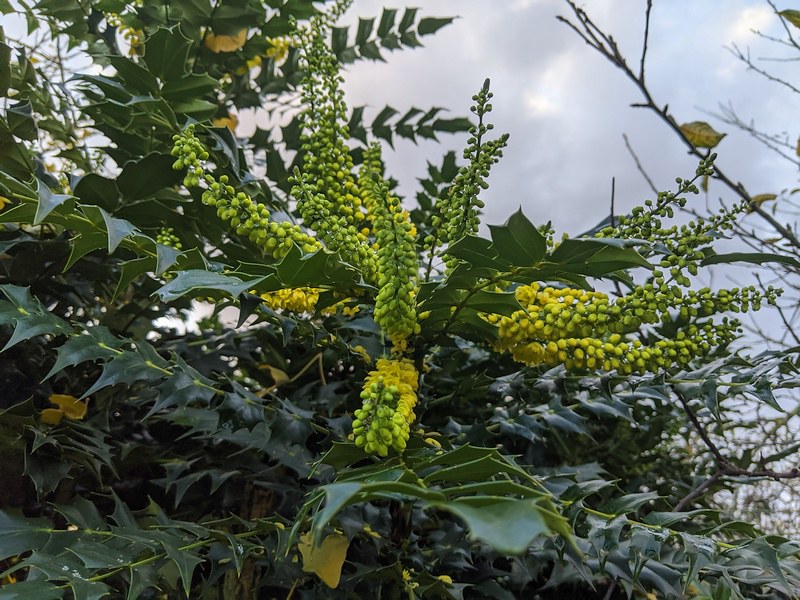
This year those old reliable tomatoes have failed for me, or I have failed them. Away during a crucial moment when I should have been tying up and removing shoots the opportunity was missed and the task assumed proportions beyond my feeble capabilities. Have I ever said how much I hate the smell of tomato plants? Just in case, for the record, I really really hate the smell of hot tomato plants even though I love tomato fruits. So they've been allowed to take their own path.
The sad and unsurprising result is that the toms are not at their best, horrible bushy plants with fewer fruits set and those that have are are suffering from blossom end rot, mildews and pest attacks.
However, another summer staple has stepped up to the plate. The cucumbers this year have been brilliant. Picture above is the
Peking China variety from HSL which has kept me in delicious cucumber sandwiches helped along with some Parisian pickling ridge cucs. The only trouble is I've been eating them so fast there won't be any for seed unless there's a very long autumn. Fingers crossed.

Potatoes went in late, weren't earthed up and were left to the mercy of drought and weeds. I've still to take the Sarpo Mira (this week, honestly!) but the Premiere were fine and the Pink Fir Apple and Ambo perfectly formed if a little small. So forgiving and rewarding. People often say it's not worth growing cheap staples like spuds but the joy in the harvest is at least half the reward.

Three years ago I was given six bulbils of the Japanese yam
Dioscorea japonica. They all came up and were mostly planted out in a group with that year's beans. At the end of the season I rooted around in the patch frantically and failed to find more than few scraps of tuber. I planted these bits up in pots and thought that was the lot but the tubers had other plans. They came up last year in the oca and this year in the potatoes, bigger and better every time.
This year they were mature enough to flower. Unfortunately the plants are
dioecious and although I had six plants at the outset I've no idea which sexes they were. All I know is that no seeds were set this year. Still that's not the only way to increase stocks as these climbing vines also produce clones as tiny tubercles on the twining stems. I'm hoping to collect lots of these this year and will be happy to share some with anyone who contacts me.
Inspired I've also ordered a commercial cultivar variety with more tractable tubers which I hope to breed with.

I've had a long time relationship with the squash variety Whangaparoa Crown which is, as far as I can tell, the variety that Crown Prince was selected from. It's a great, dense silver blue pumpkin with long keeping fruit and brilliant orange flesh. This year I grew out some saved seed and found that the plants bore little relationship to the variety I was expecting. The fruit look like the bastard children of a cross between a C. moschata and the Whangas which are C. maxima. This is generally considered an unlikely (and unlucky) occurrence but on the basis it may have happened here I'm going to first check the pumpkins taste good and then maybe grow them out again next year, just for shit and giggles. The Catofstripes Queen variety may have been born!

Alliums have had a horrible time here this year. I failed to plant any onion or garlic sets and missed a chance to rescue last years failed crop when it popped its head up in the spring. I could have had a lot of green garlic. There's still some elephant garlic, it seems almost indestructible but my Babington leeks are reduced to just one plant with bulbils. So I've got to really make the effort and save those little darlings as the start of my next onion patch. Sadly the egyptian onions also bit the dust although there's a couple of sad pots of chives and welsh onions hanging on for grim life.
Bab leeks do take a wicked picture though.
And so the sun goes down.































